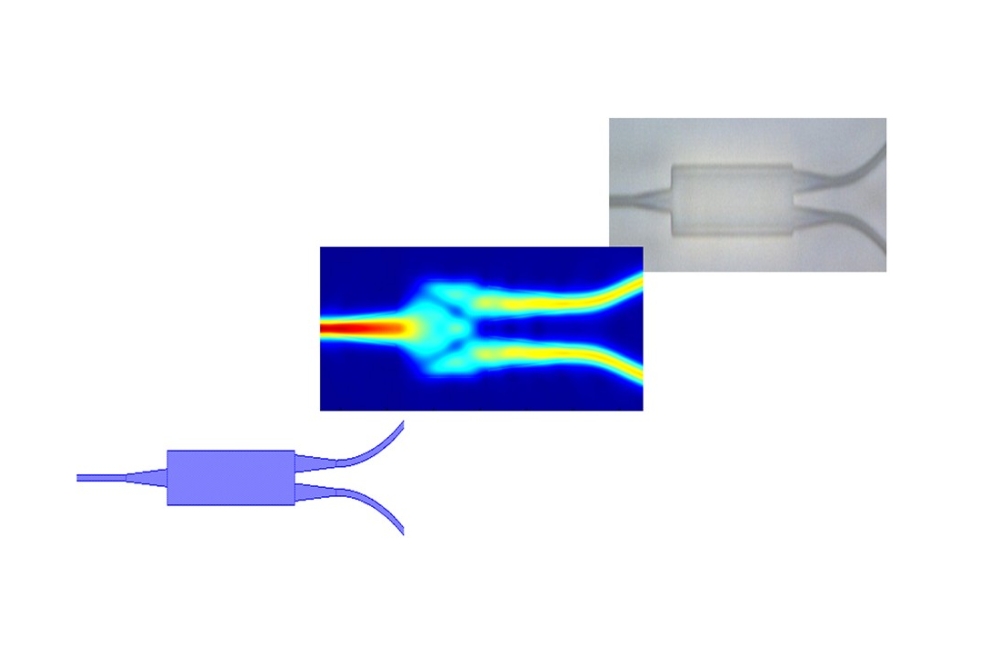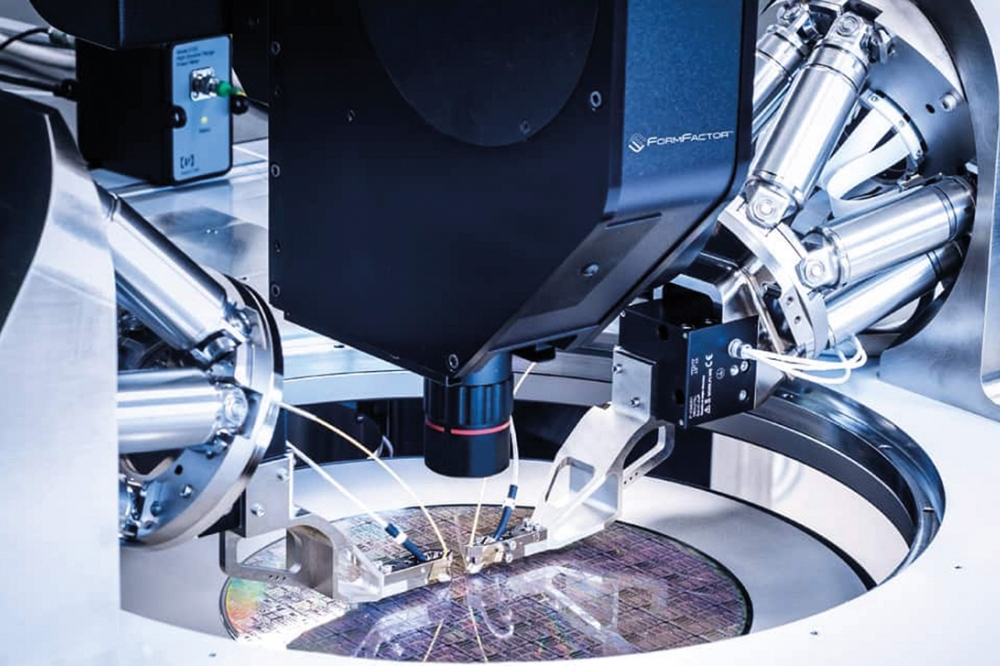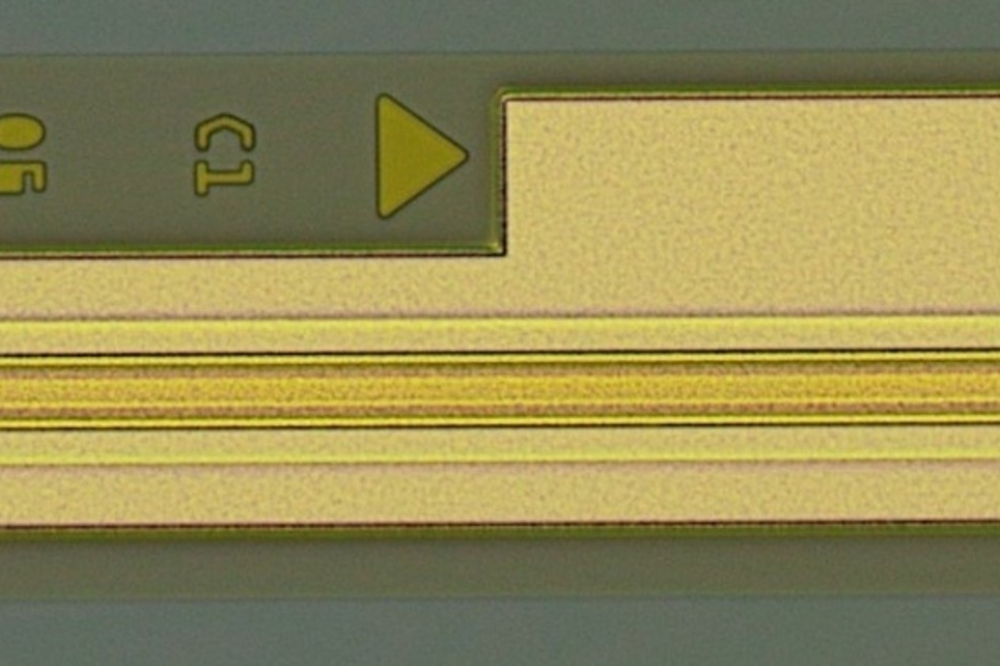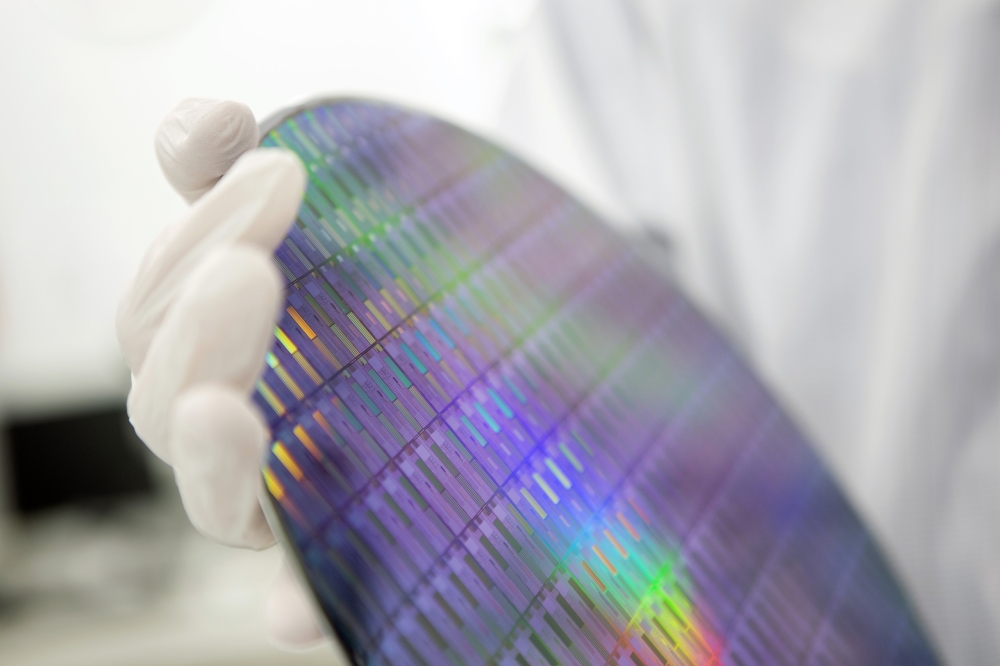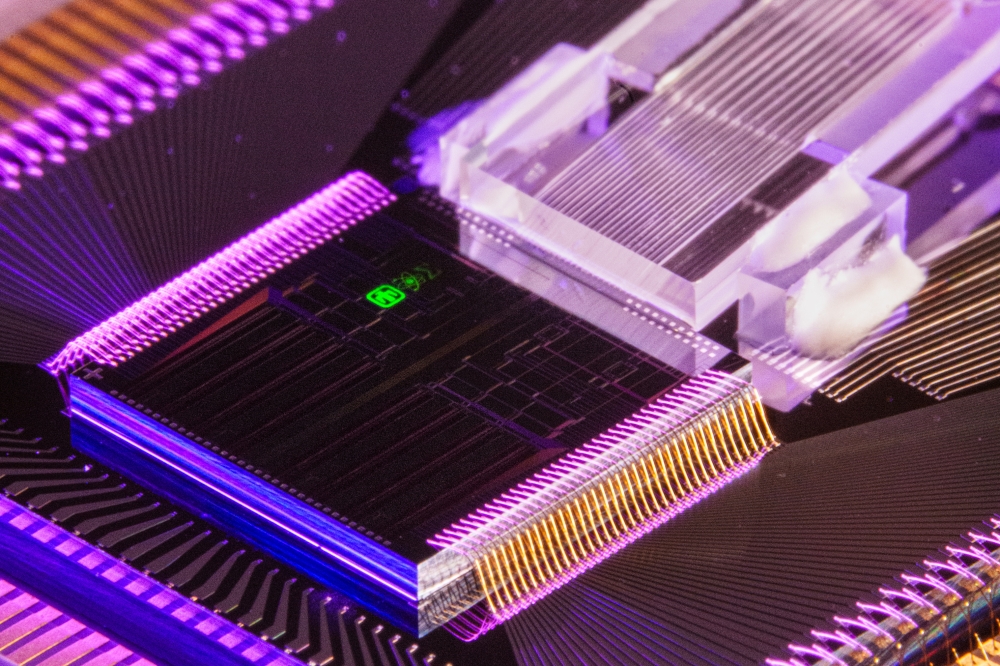New Lumerical release streamlines complex photonic simulation workflows

2016b adds an Automation API to enable definition of arbitrary, efficient simulation workflows that make use of Lumerical's simulation products
Lumerical unveils the latest version of its suite of photonic design software, release 2016b, for FDTD Solutions, MODE Solutions, DEVICE CT, DEVICE HT, and INTERCONNECT. The 2016b release is highlighted by the introduction of an application programming interface (API) in all products. The API allows users to drive other Lumerical applications from the script environment, call Lumerical tools from within MATLAB, or take advantage of the robust optimization routines available from the MATLAB Optimization Toolbox. The addition of an API to Lumerical's 2016b release gives designers freedom to define an arbitrary design process that is both repeatable and highly automated.
For example, a key component in integrated photonics is the travelling wave Mach-Zehnder modulator (TW MZI), the design of which relies on a complex interplay of optical, high-speed electrical and thermal effects. Using the API, a designer can author a single script that performs all of the following analysis functions required to accurately design and characterize a TW MZI:
- Optimise the PN junction, making use of the new small-signal AC analysis capability released in DEVICE CT 2016b to efficiently calculate the junction resistance and capacitance
- Calculate the carrier density distribution and use the results in a subsequent eigenmode simulation to determine the optical effective index and group index for each bias point using the FDE solver in MODE Solutions
- Use the same eigenmode analysis tool to retrieve the microwave index and impedance, using the new impedance calculation and Smith chart capabilities that support RF transmission line analysis in MODE Solutions 2016b
- Calculate the phase shift in the Mach-Zehnder arms due to heating using the heat transport solver in DEVICE HT
"The introduction of the Automation API is an exciting step forward in enabling our users to efficiently create complex analysis workflows that leverage multiple solvers, simulations and post-processing steps," says Dr. James Pond, co-founder and Chief Technology Officer at Lumerical. "What previously was only achievable through dedicated development projects can now be configured once and shared across design and research teams. I am excited to learn about the creative ways our users implement workflows that meet their exact needs and research goals."
Additional features introduced in the 2016b release include:
- Ability to simulate semiconductor devices under isothermal and non-isothermal conditions in DEVICE
- Ability to simulate self-heating effects in high current devices in DEVICE
- Enhanced mode solving capabilities in MODE Solutions that reduce simulation time and memory
- New 2D sheet objects to efficiently model any 2D material with arbitrary dispersion, including layers with a thickness much smaller than the wavelength.
The 2016b release is available for download now at http://www.lumerical.com.














